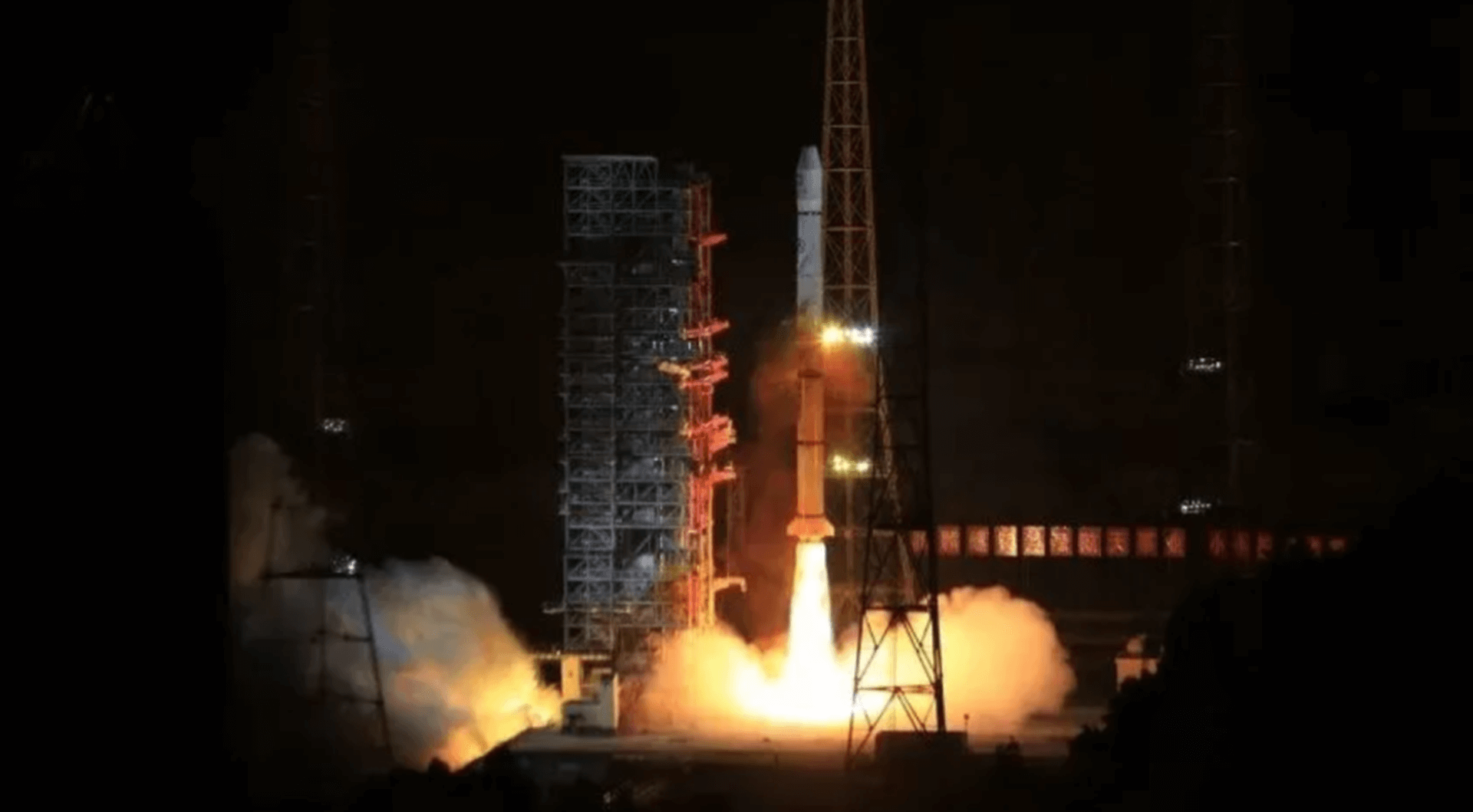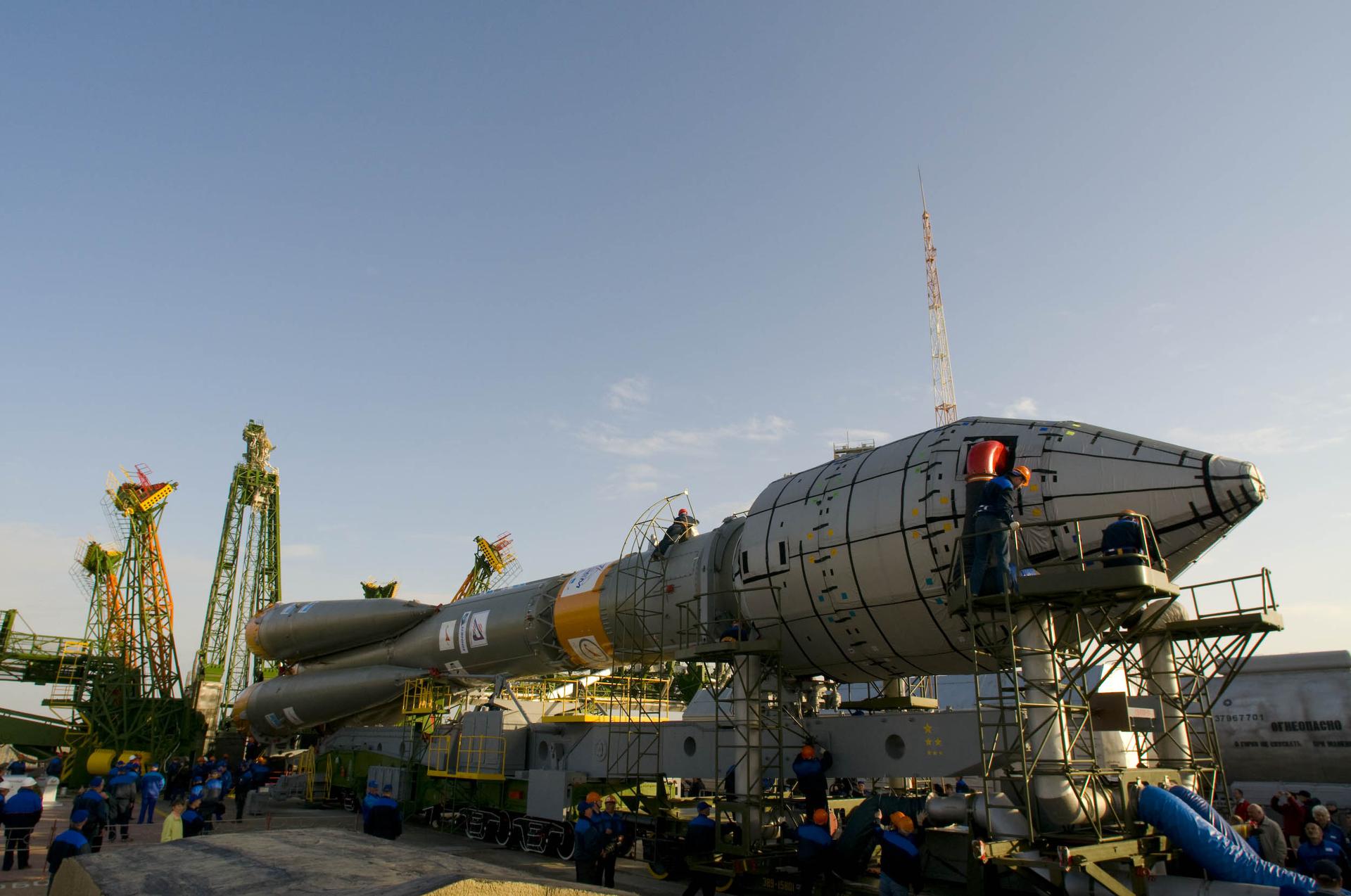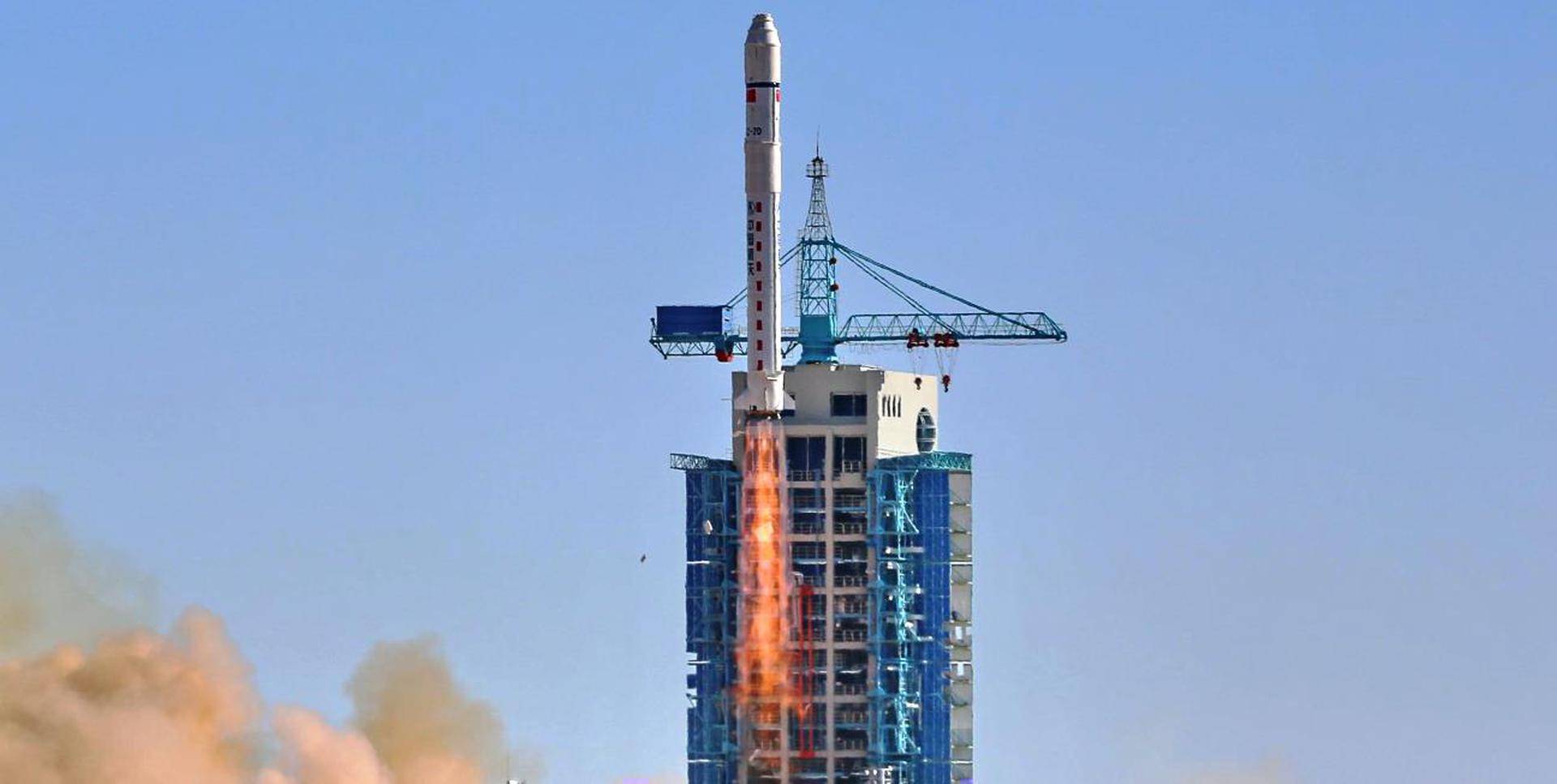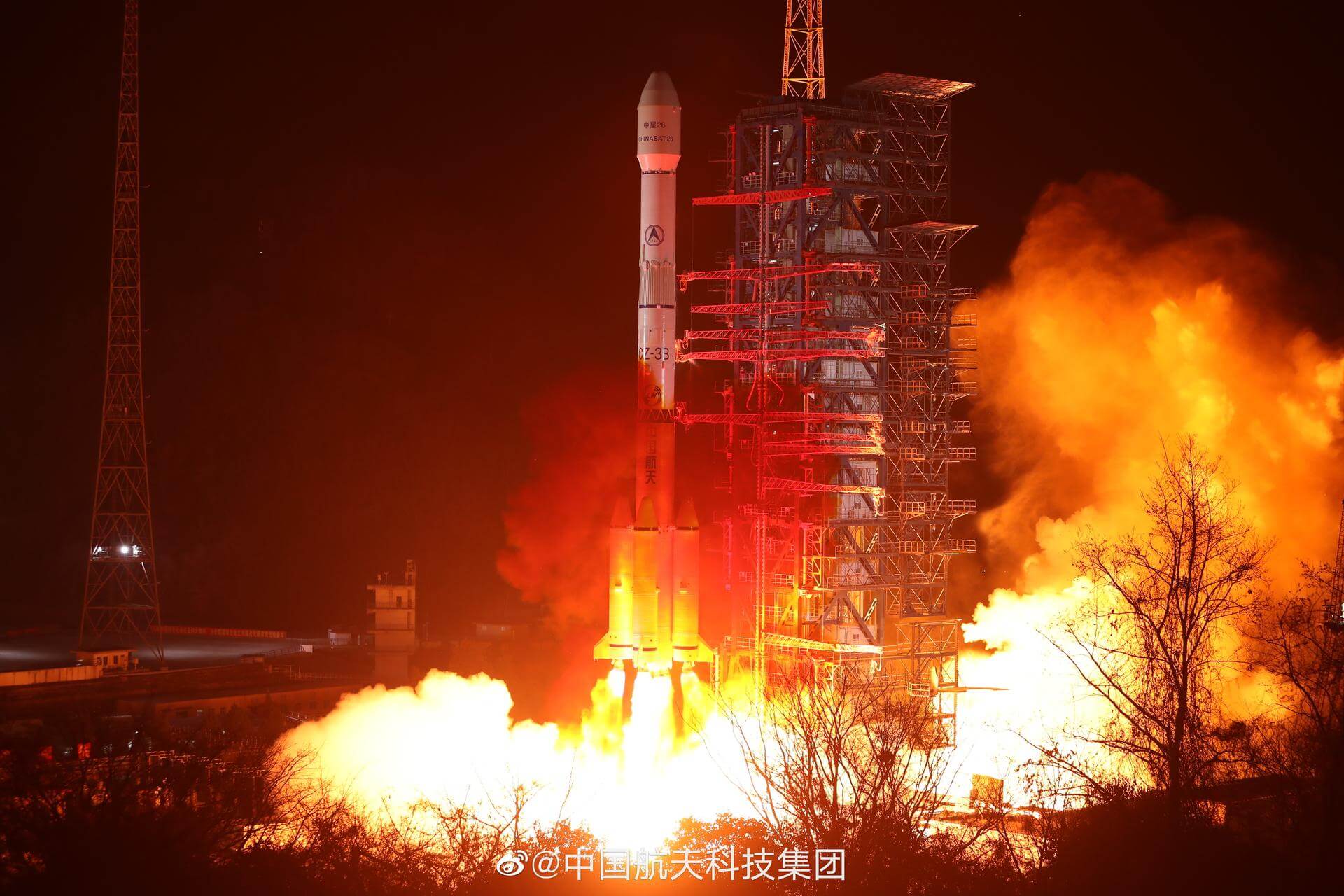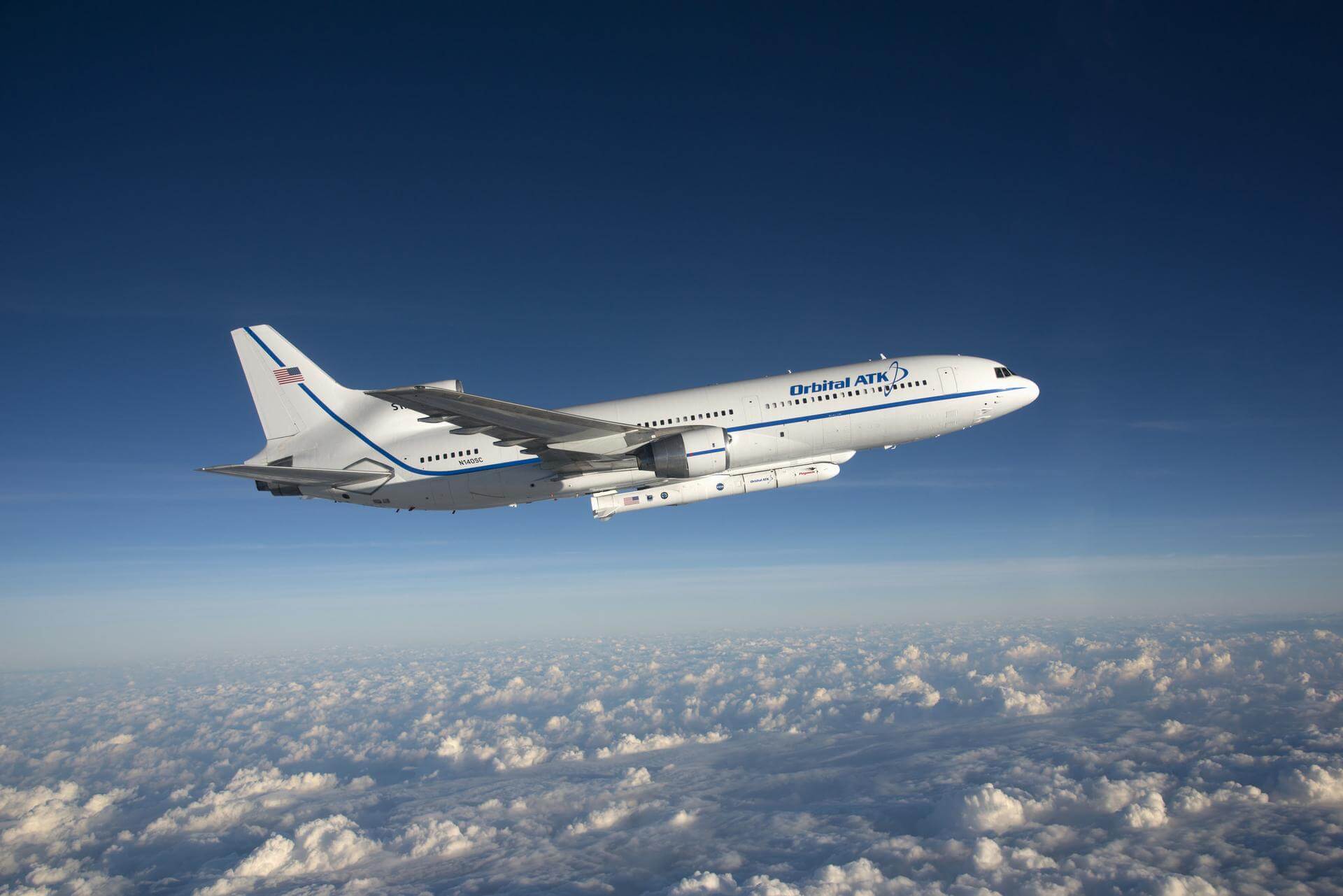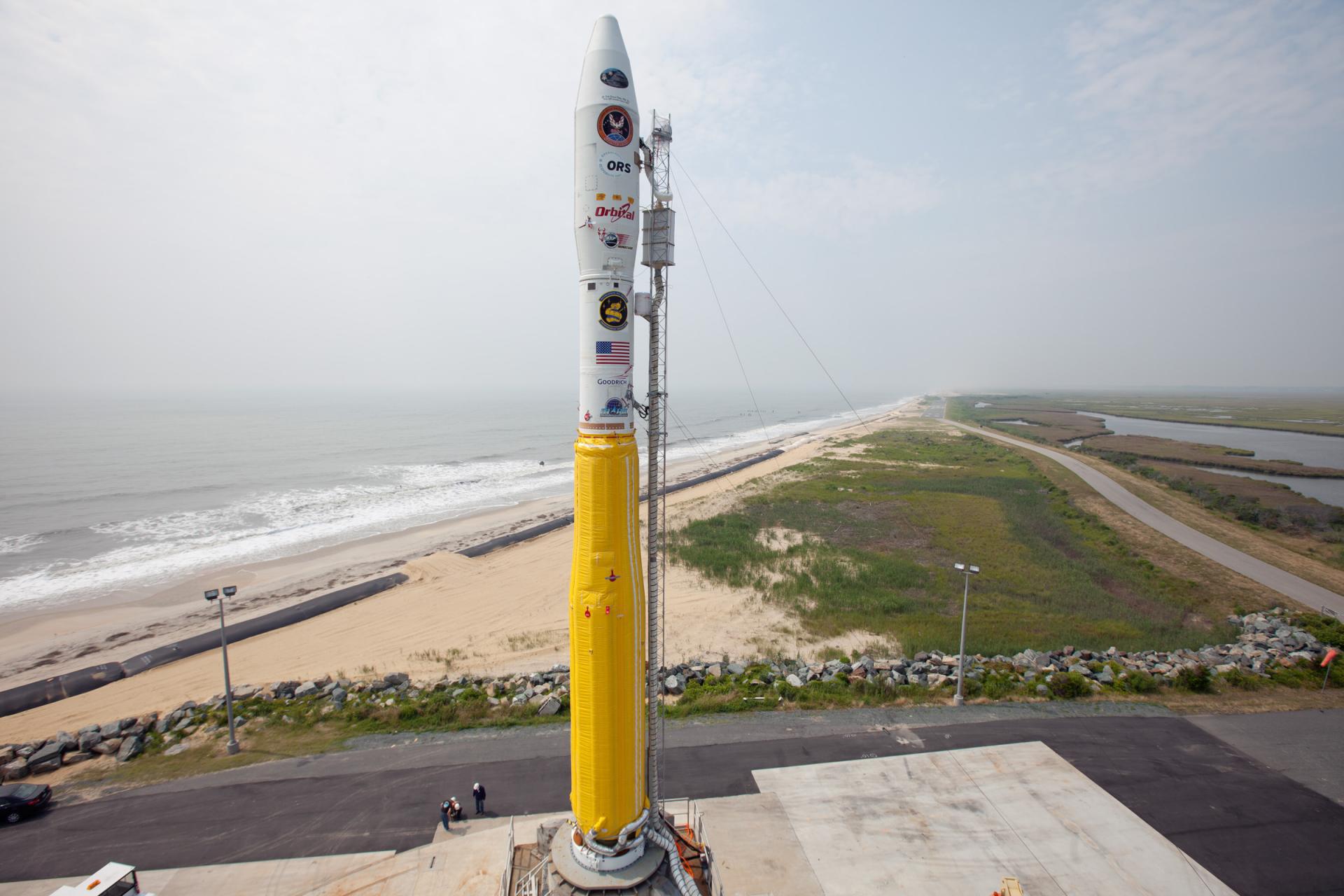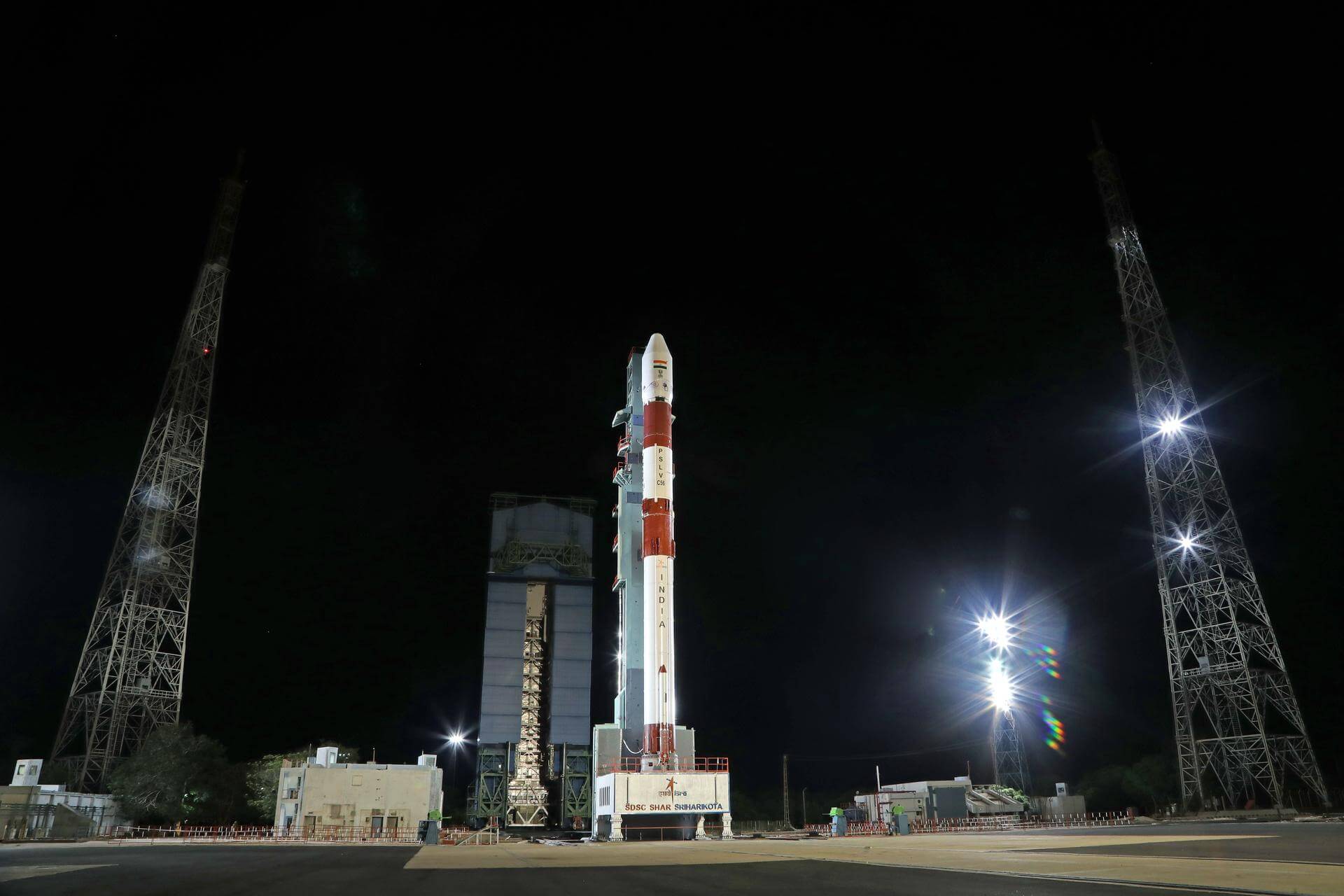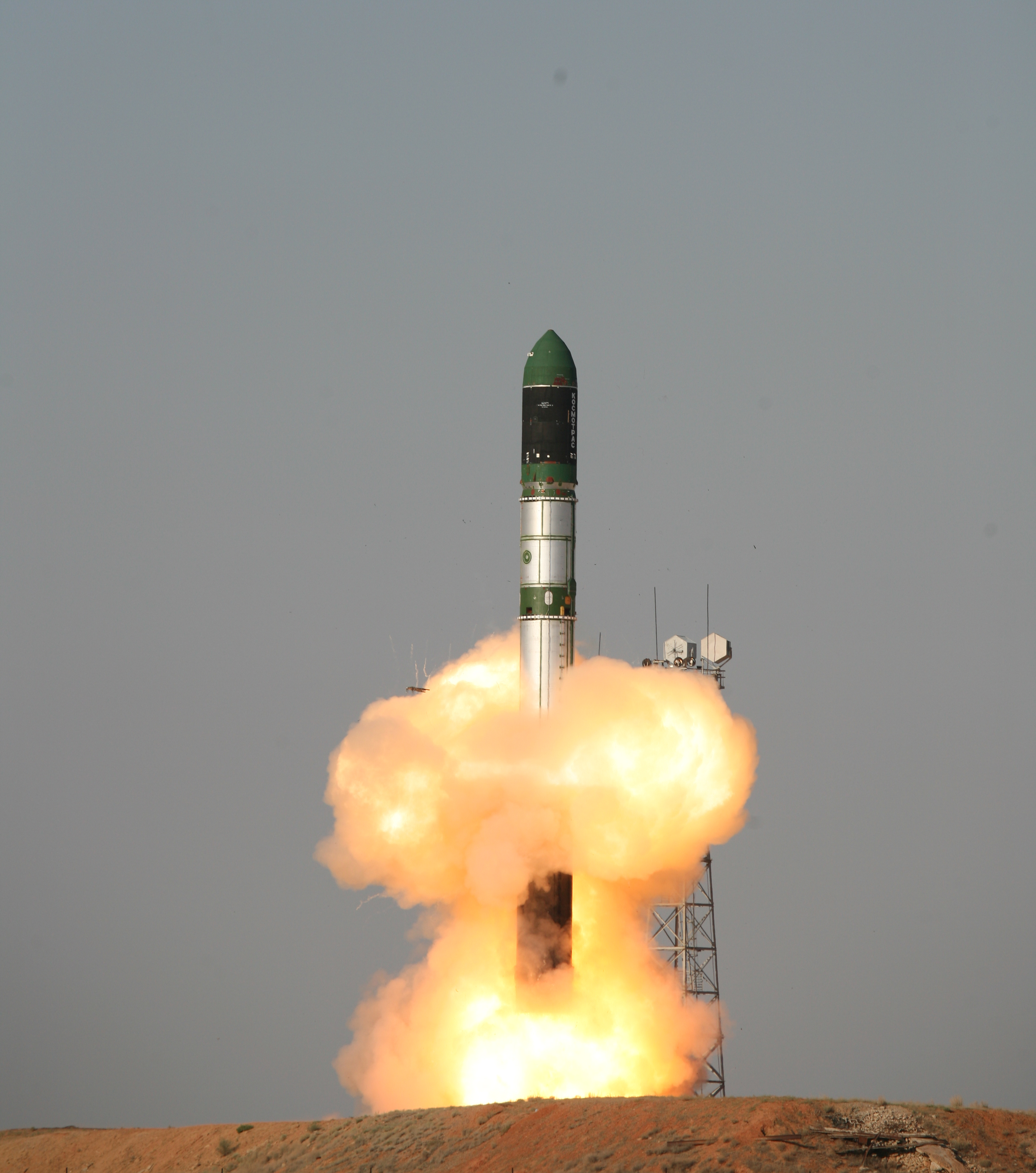Previous Spaceflight Launches
Filter by Agency, Locations or Vehicles
Show All LaunchesLong March 3A | Xinnuo 3
China Aerospace Science and Technology Corporation | ChinaXichang Satellite Launch Center, People's Republic of China
May 31, 2007, 4:08 p.m.
Soyuz-FG | Globalstar 65,69,71,72
Progress Rocket Space Center | RussiaBaikonur Cosmodrome, Republic of Kazakhstan
May 29, 2007, 8:31 p.m.
Long March 2D | Yaogan Weixing 2
China Aerospace Science and Technology Corporation | ChinaJiuquan Satellite Launch Center, People's Republic of China
May 25, 2007, 7:12 a.m.
Long March 3B/E | Nigcomsat 1
China Aerospace Science and Technology Corporation | ChinaXichang Satellite Launch Center, People's Republic of China
May 13, 2007, 4:01 p.m.
Soyuz U | Progress M-60
Russian Federal Space Agency (ROSCOSMOS) | RussiaBaikonur Cosmodrome, Republic of Kazakhstan
May 12, 2007, 3:25 a.m.
Ariane 5 ECA | Astra 1L & Galaxy 17
ArianeGroup | FranceGuiana Space Centre, French Guiana
May 4, 2007, 10:29 p.m.
Pegasus XL | Aeronomy of Ice in the Mesosphere (AIM)
Orbital Sciences Corporation | United States of AmericaAir launch to orbit
April 25, 2007, 8:26 p.m.
Minotaur I | NFIRE
Orbital Sciences Corporation | United States of AmericaWallops Flight Facility, Virginia, USA
April 24, 2007, 6:48 a.m.
PSLV | AGILE
Indian Space Research Organization | IndiaSatish Dhawan Space Centre, India
April 23, 2007, 10 a.m.
Dnepr | EgyptSat 1 & Saudisat 3
ISC Kosmotras | RussiaBaikonur Cosmodrome, Republic of Kazakhstan
April 17, 2007, 6:46 a.m.
